Traditional Clothing of Pakistan – A Cultural Heritage
One of the earliest priorities of human civilization was to cover the body. From using leaves in ancient times, clothing gradually developed into woven and stitched dresses. Over centuries, cultures, religions, tribes, and regions contributed unique colors, patterns, and styles to traditional attire. Even today, modern fashion draws inspiration from traditional clothing, blending old patterns with new trends.
In Pakistan, clothing is not just a necessity but a cultural identity. With diverse weather conditions such as summer, winter, spring, and monsoon, Pakistan’s clothing styles are designed to suit both environment and tradition. At every few kilometers, you will notice a difference in culture, dialect, and dress style, making Pakistan a hub of cultural fashion.
Popular Traditional Clothing in Pakistan
- Kuchi Dresses
- Pashmina Shawls & Scarves
- Peshawari Chappal
- Multani Khusa
- Ajrak
- Balochi Embroidery Work
- Chunri (Shawl / Scarf)
- Shalwar Kameez
- Traditional Caps
- Dupatta
1. Shalwar Kameez – National Dress of Pakistan
Shalwar Kameez is the national dress of Pakistan, worn by men and women in all provinces including Punjab, Sindh, Balochistan, KPK, Gilgit-Baltistan, and Azad Kashmir. Kameez means shirt, while Shalwar refers to loose trousers. Its design varies region to region but remains the most iconic Pakistani attire.
2. Pashtun Culture and Kuchi Dresses
In the northwestern Pashtun areas, Kuchi dresses are popular. Women wear long, wide, and heavily embroidered dresses with mirror work. Pashtun men wear handmade jackets that are also admired in both Pakistan and Afghanistan.
3. Balochi Dresses
Balochi men wear loose shalwar kameez with turbans, while women wear brightly colored dresses with heavy embroidery and mirror work. The detailed handwork of Baloch women makes their attire one of the most attractive in South Asia.
4. Sindhi Dresses
Sindhi traditional clothing is recognized for its famous Ajrak, a block-printed shawl often decorated with mirror embroidery. Men drape Ajrak differently, while women wear Ajrak with choli and lehnga in desert areas. Sindhi craftsmanship is globally admired.
5. Kashmiri Dresses
Kashmir is world-famous for its handmade Pashmina shawls. Pashmina wool comes from special Himalayan goats, making it one of the finest fabrics. A genuine Pashmina can range from $50 to $5000 USD, depending on craftsmanship and quality.
6. Punjabi Dresses
Punjabi men and women mostly wear Shalwar Kameez, along with variations like Dhoti, Lungi, or Pagri (turban). Traditional footwear like Khusa is also widely used. Women in rural Punjab prefer vibrant color combinations, often pairing kameez with shalwar, dhoti, or lehnga.
7. Hunza Dresses
In Hunza, men and women mostly wear Shalwar Kameez but add their own touch with traditional embroidered Hunza caps. Men’s caps often include a feather or bird wing, symbolizing regional pride.
FAQs about Traditional Clothing in Pakistan
1. Why is traditional clothing important in Pakistan?
Traditional clothing reflects the identity, history, and cultural diversity of Pakistan. Each province has its own style that represents its people, environment, and heritage.
2. What is Pakistan’s national dress?
The national dress of Pakistan is Shalwar Kameez, worn by both men and women across the country in different styles and fabrics.
3. Which traditional clothing from Pakistan is famous worldwide?
Pashmina shawls from Kashmir and Sindhi Ajrak are internationally recognized for their craftsmanship and unique designs.
4. Do cultural dresses vary within provinces?
Yes. Even within one province, different districts and regions have variations in fabric, embroidery, color choice, and styling. This creates a unique diversity in Pakistani fashion.
5. Can modern fashion be inspired by traditional clothing?
Absolutely. Many modern Pakistani designers use traditional patterns, embroidery, and cultural elements to create contemporary fashion that appeals globally.

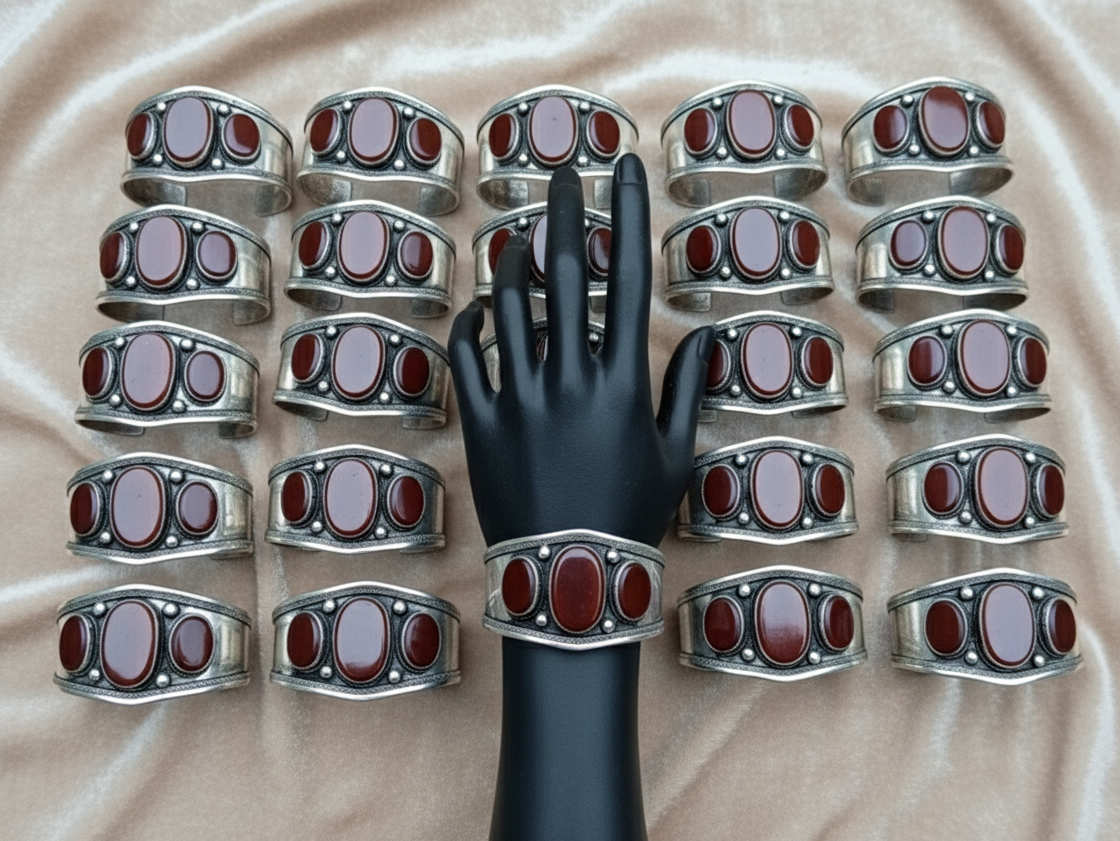
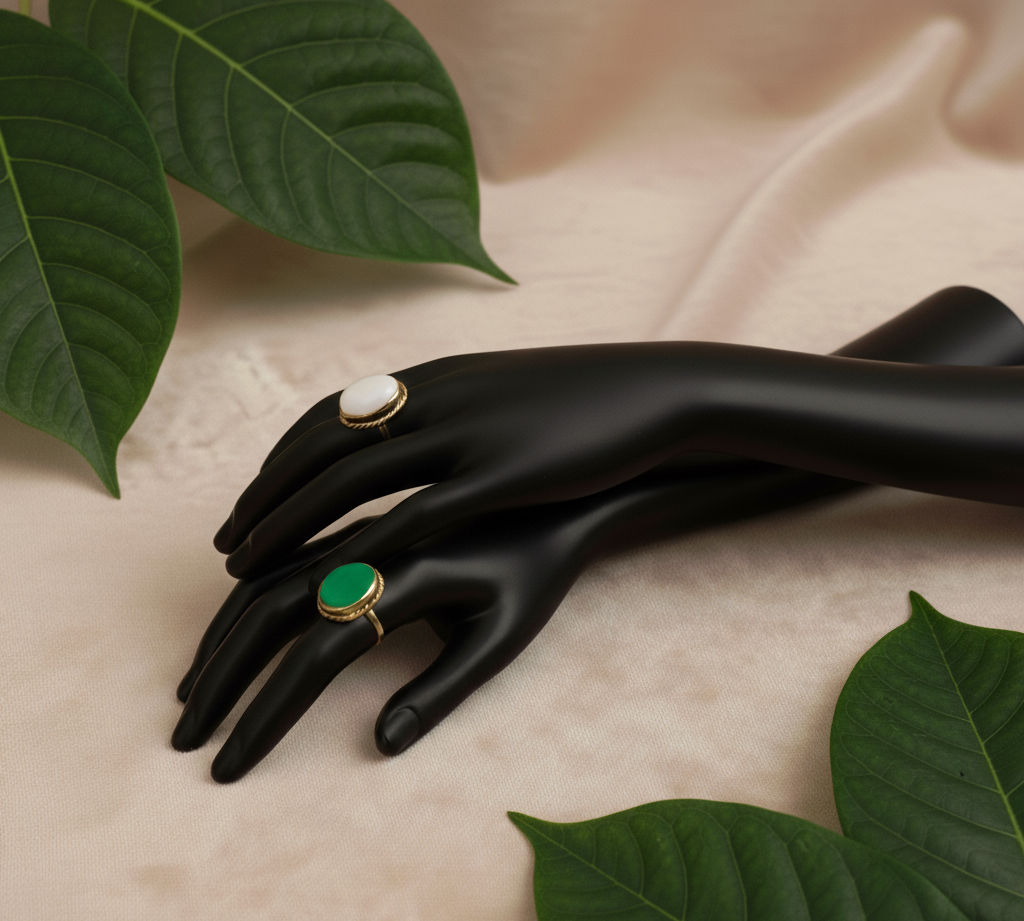
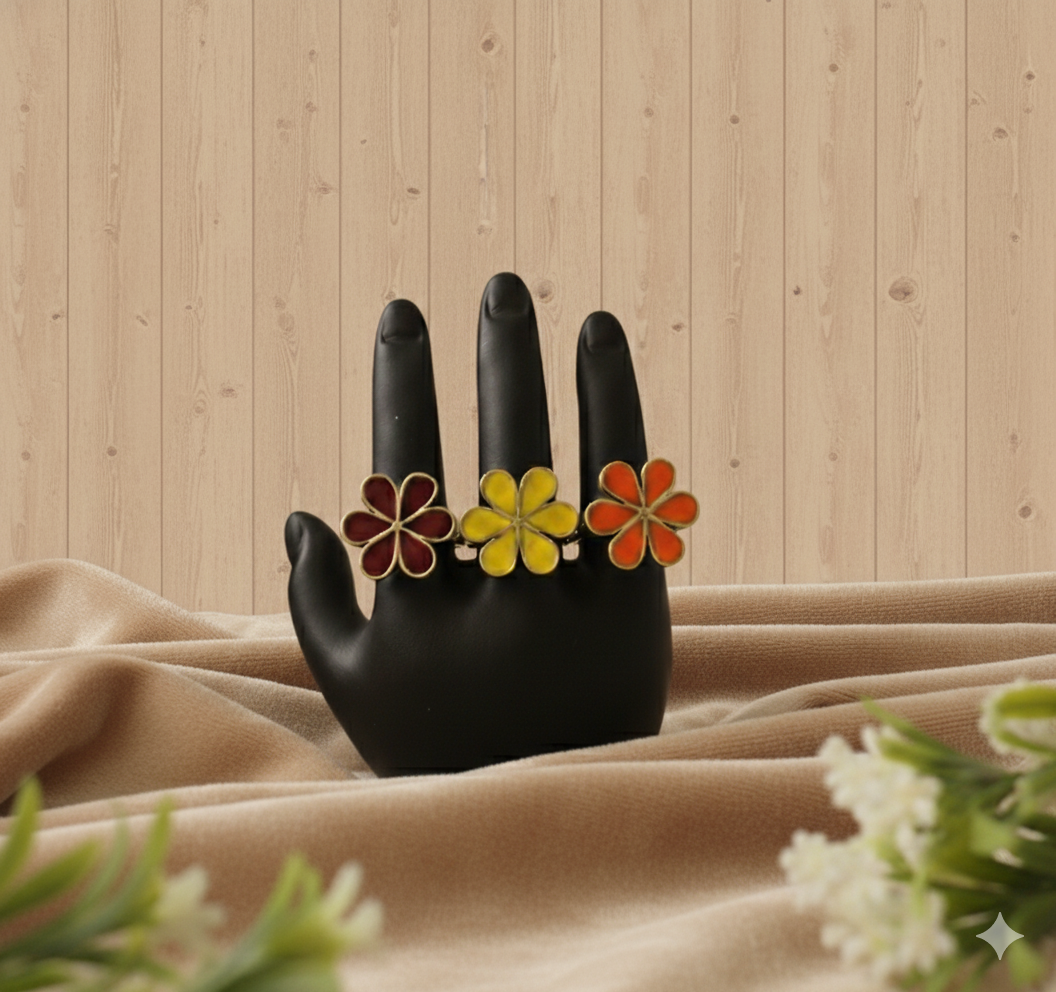
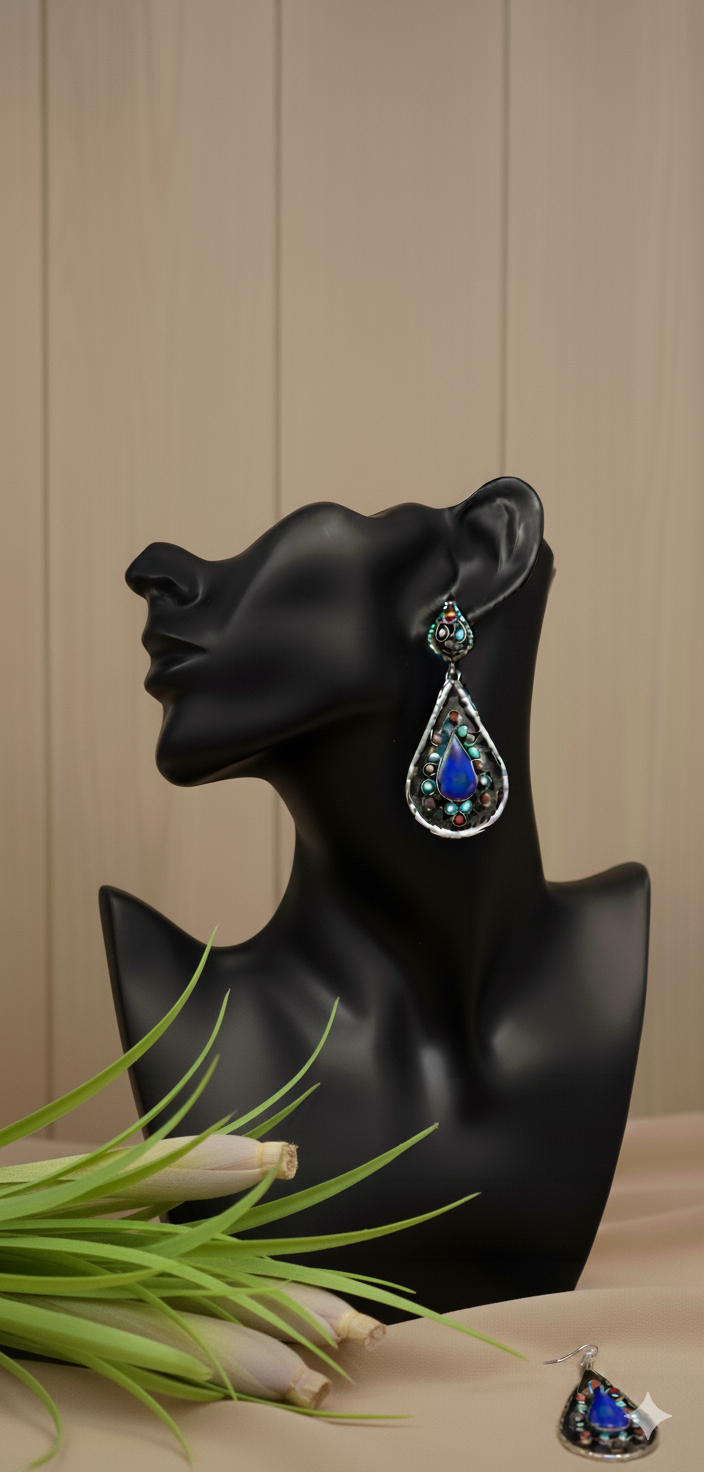
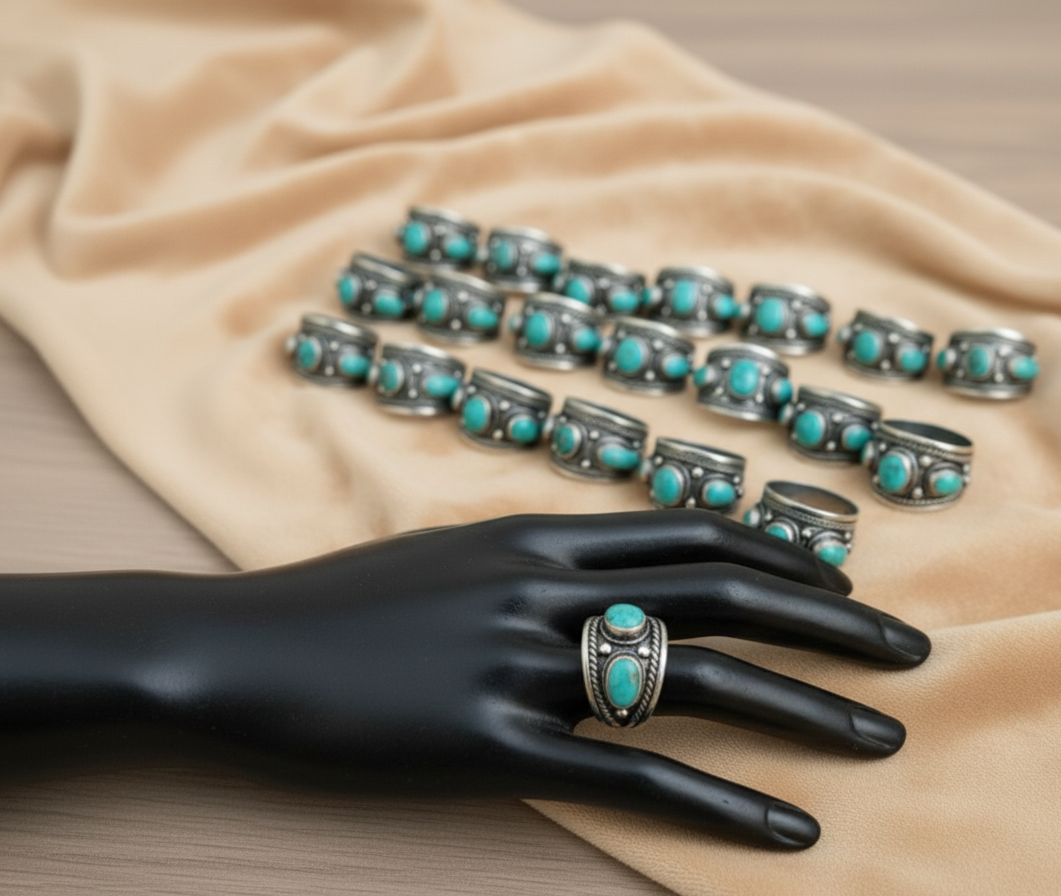
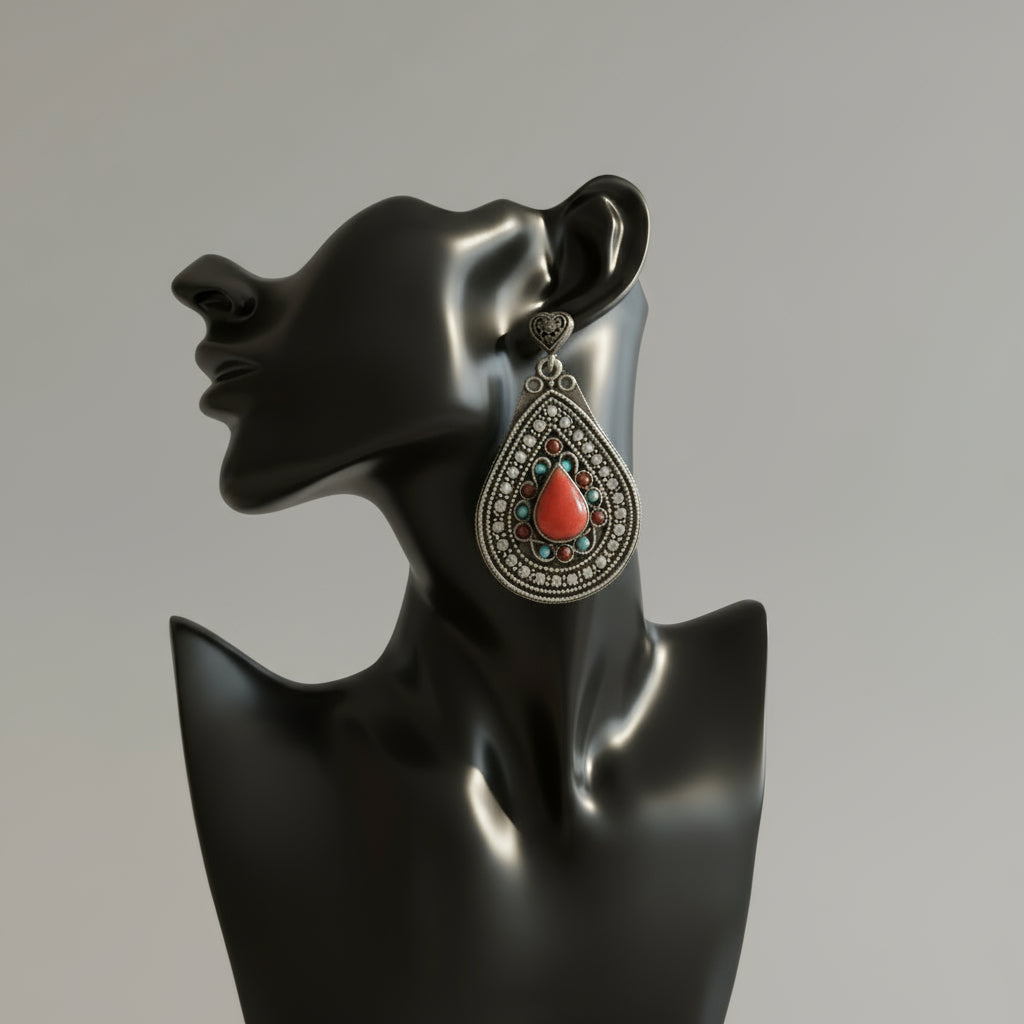



0 comments